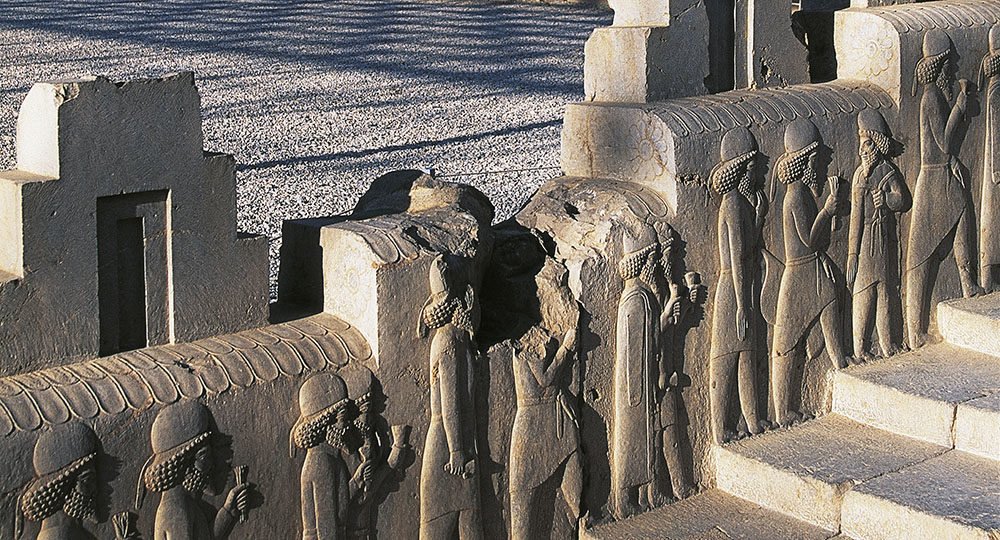


To hear the secular news media tell it, Christianity in America is one small wheeze away from death. Well, that isn’t exactly accurate. Here’s the rest of the story.
Political turmoil, power struggles, wars and rumors of wars. The prophet Daniel lived through such times. And his record gives us hope while teaching an essential truth for today.
Why do bad things happen to good people? Many have tried to deal with that question. Here is an answer from the book of Daniel that may both surprise and comfort you.
Some say the unspeakably evil man in Daniel is Antiochus IV only. That is not correct, and here is why.
God ordained that four Gentile kingdoms will rule the earth before His Kingdom comes. He gave this amazing prophecy to Daniel, and everything is playing out exactly as Daniel wrote it.